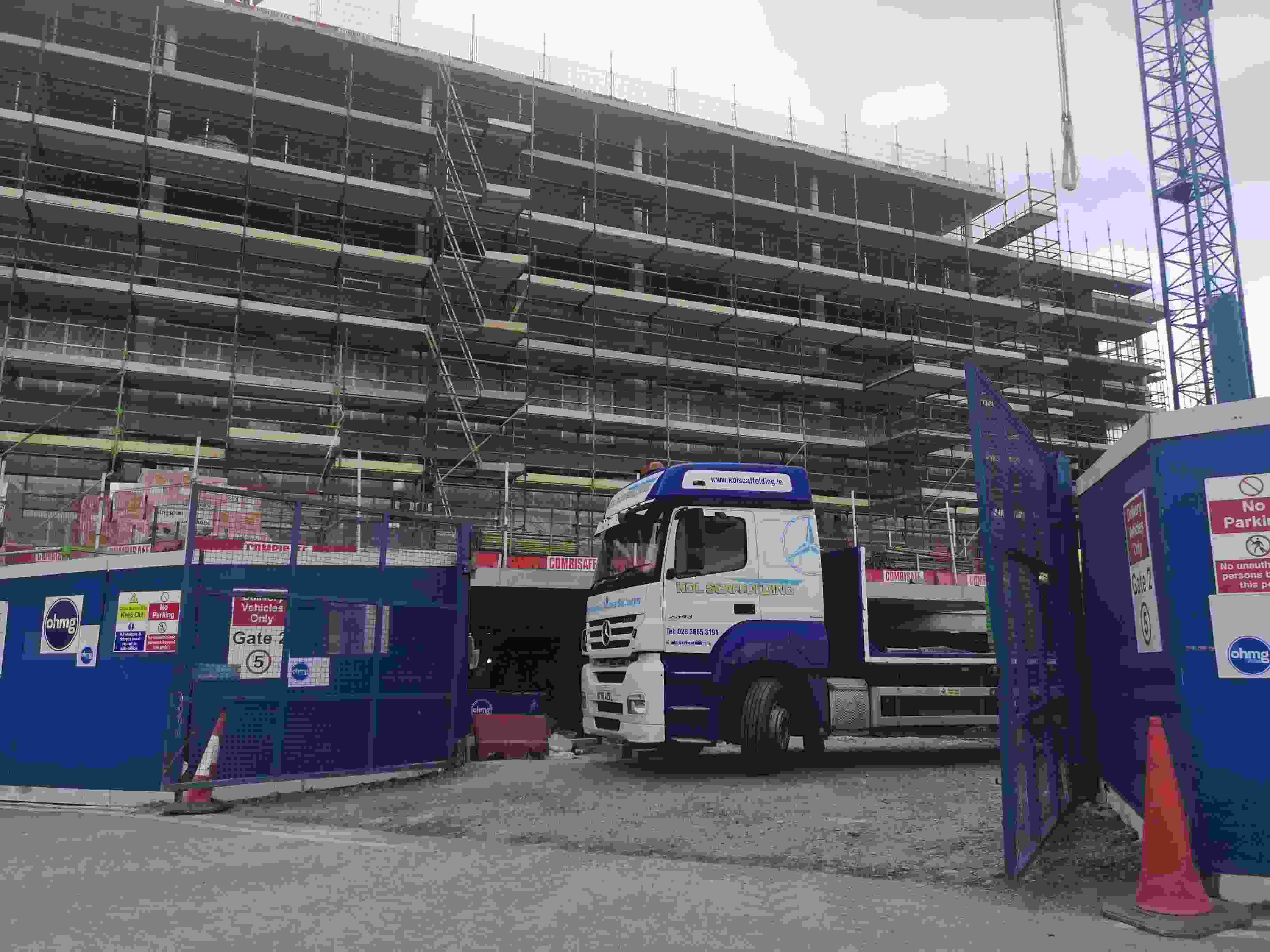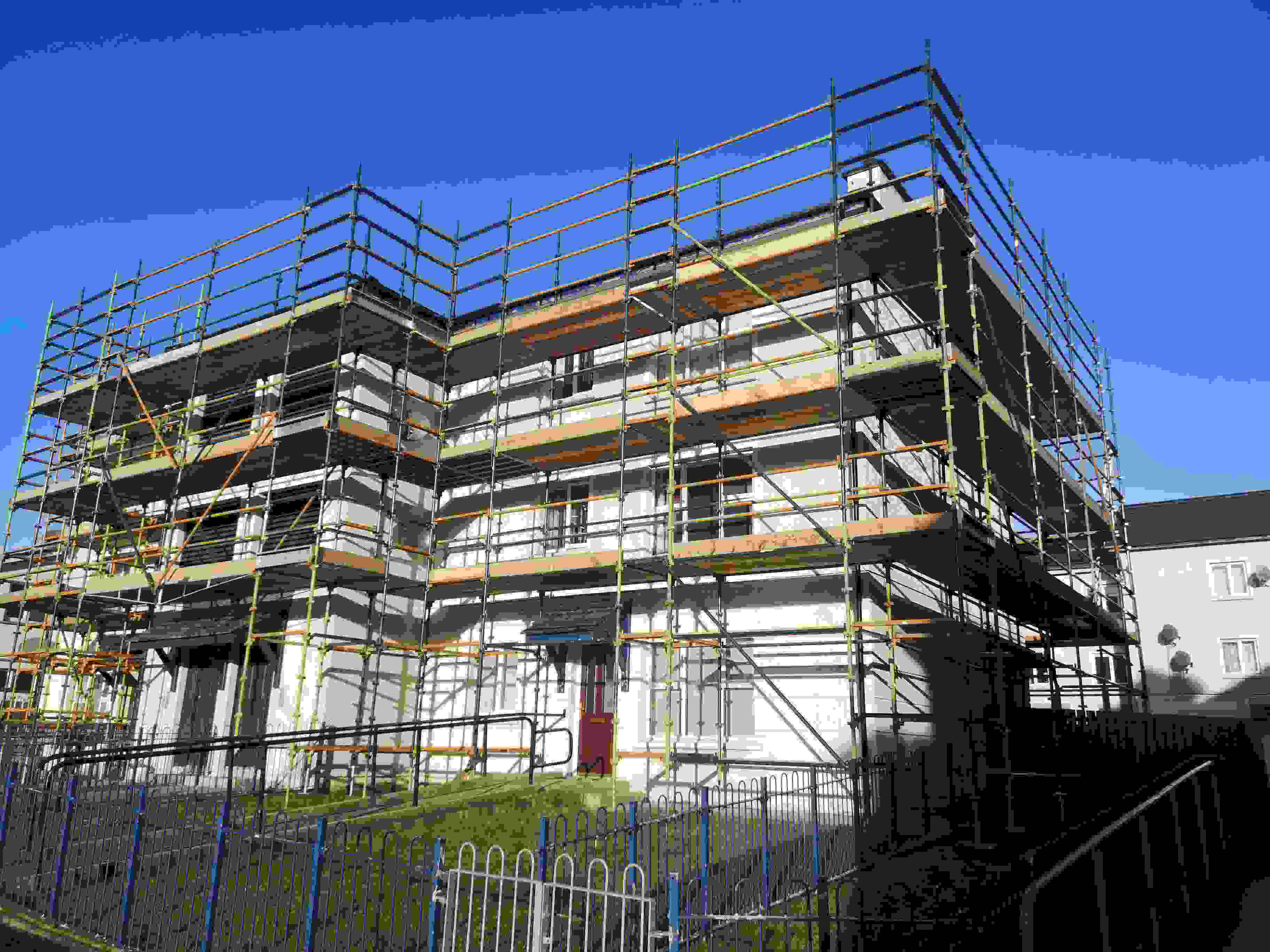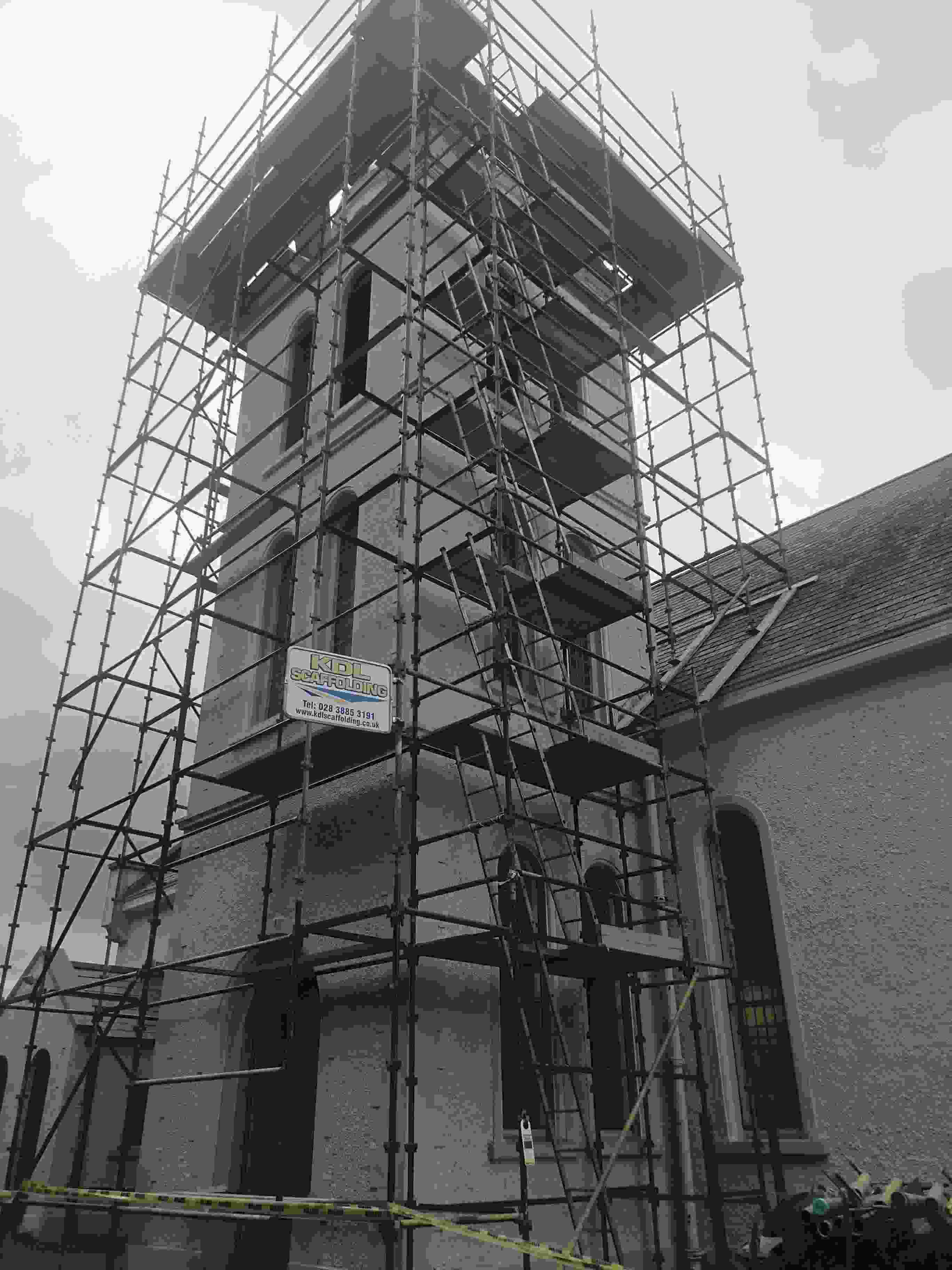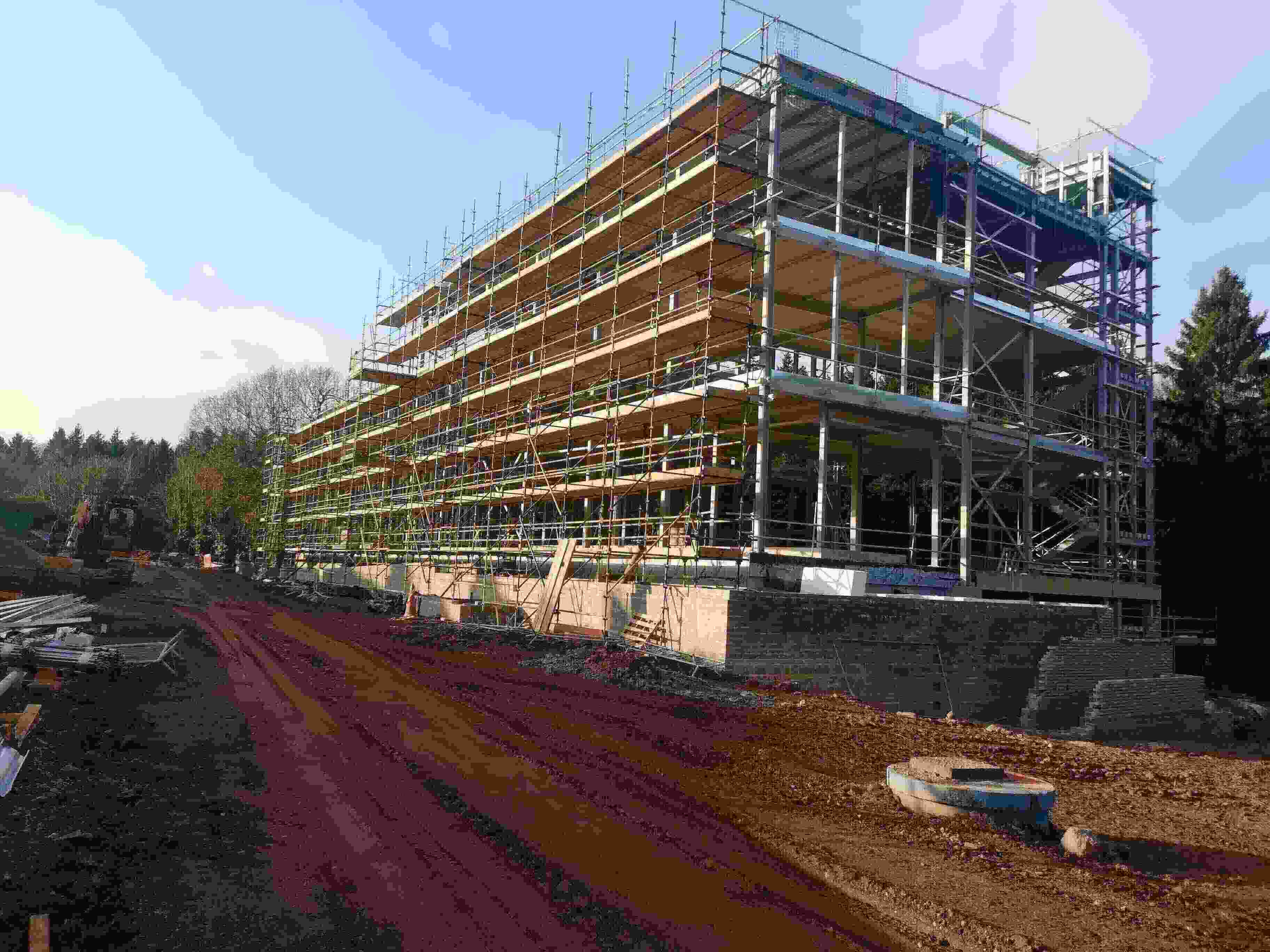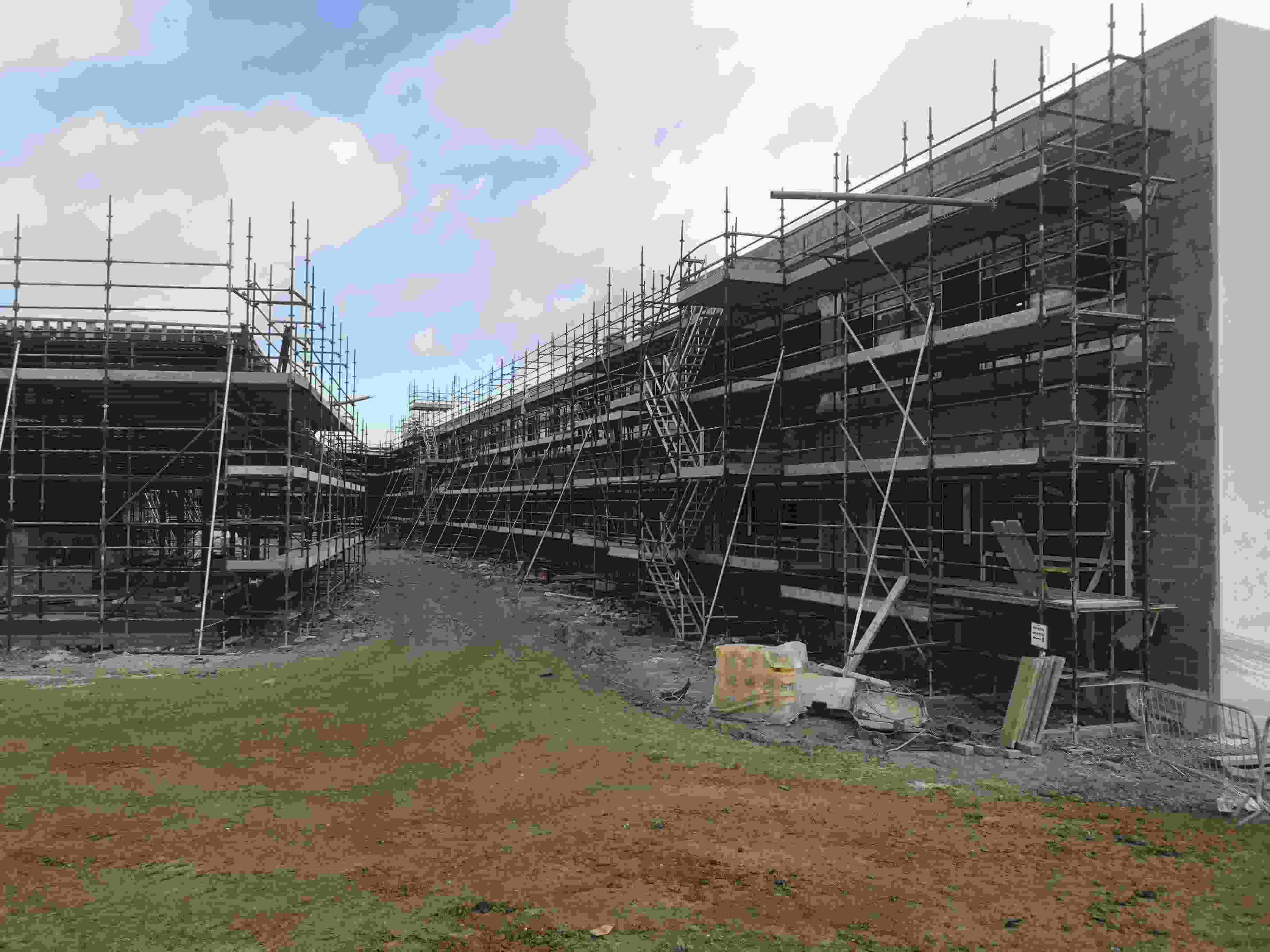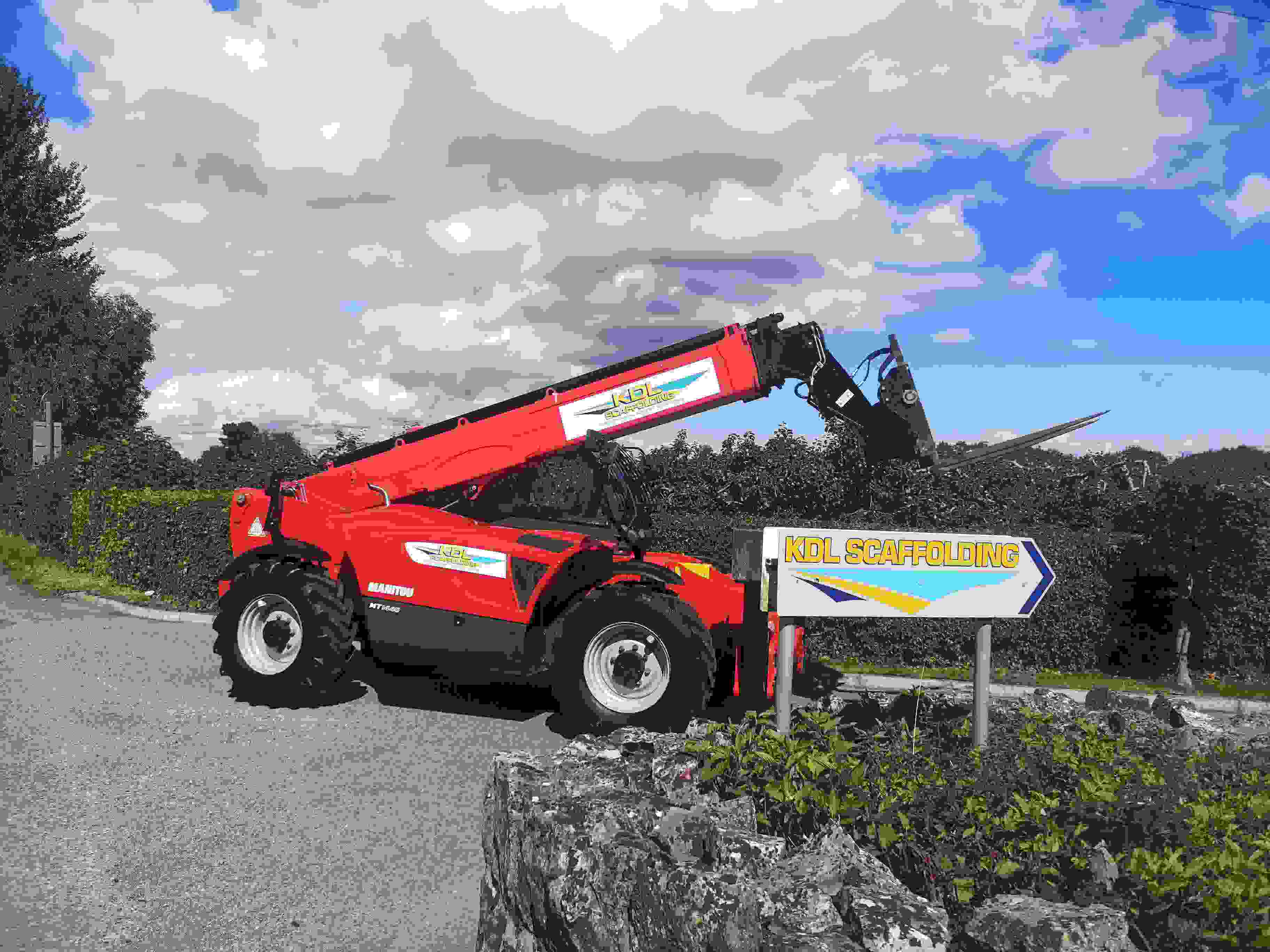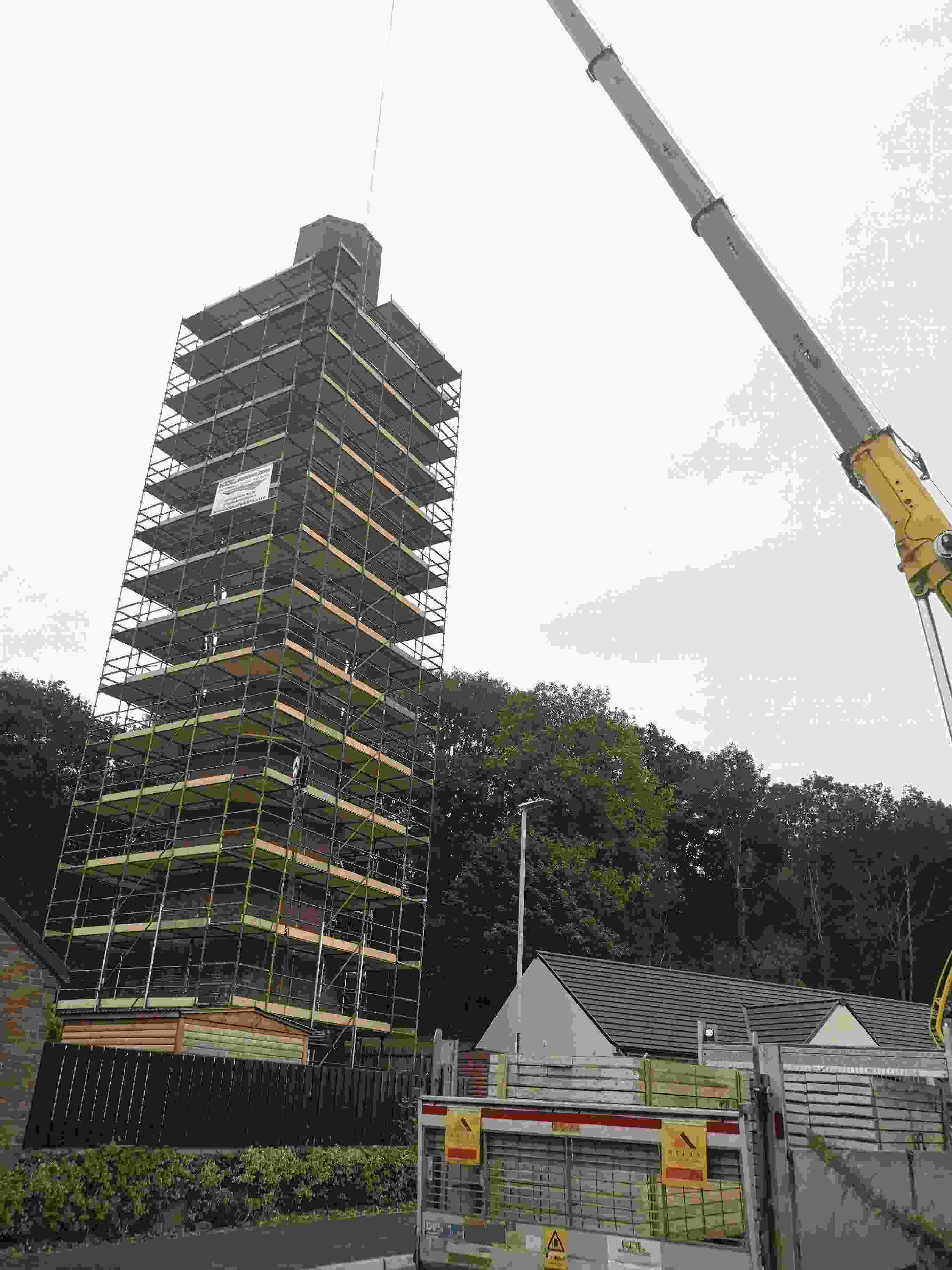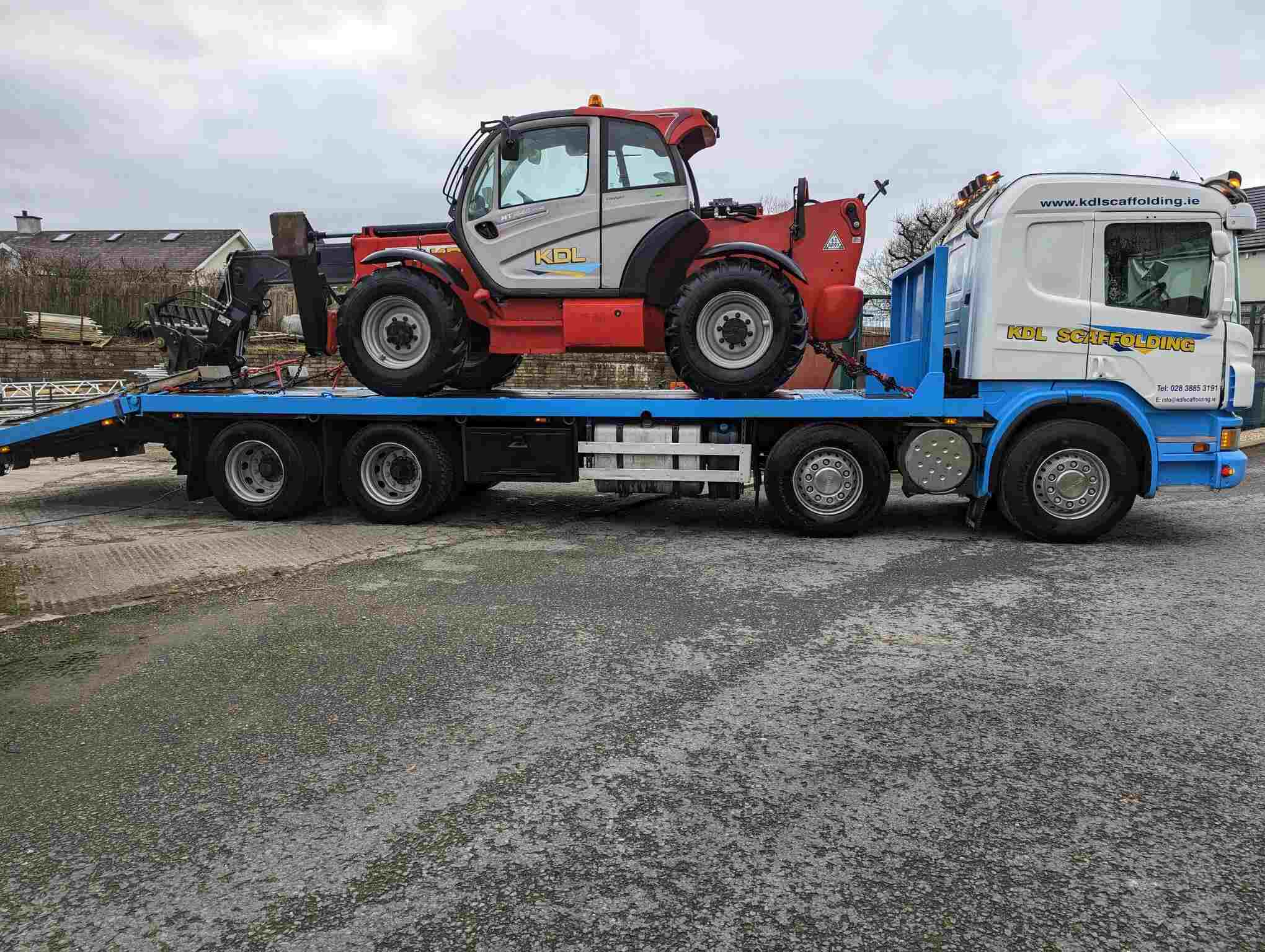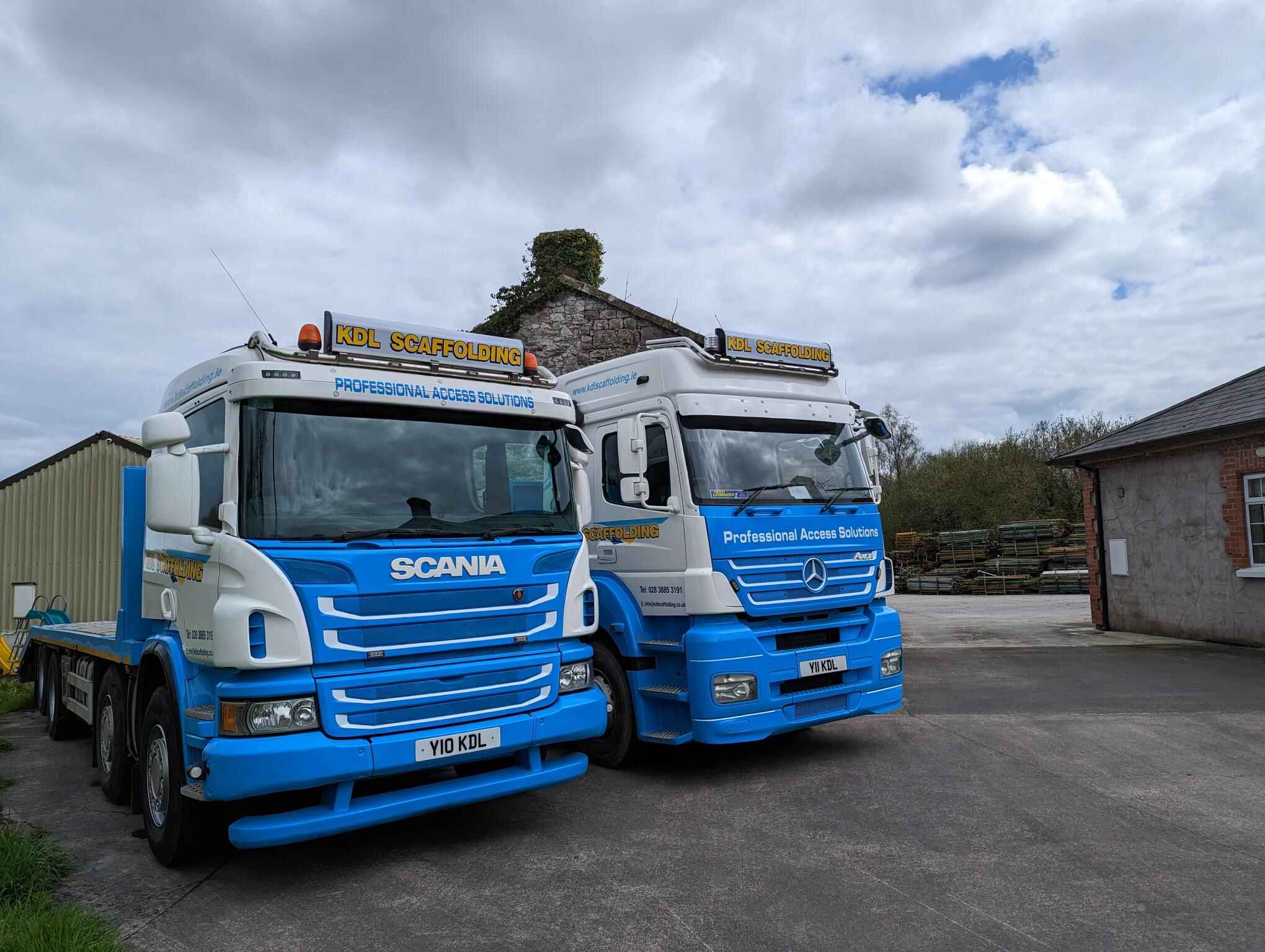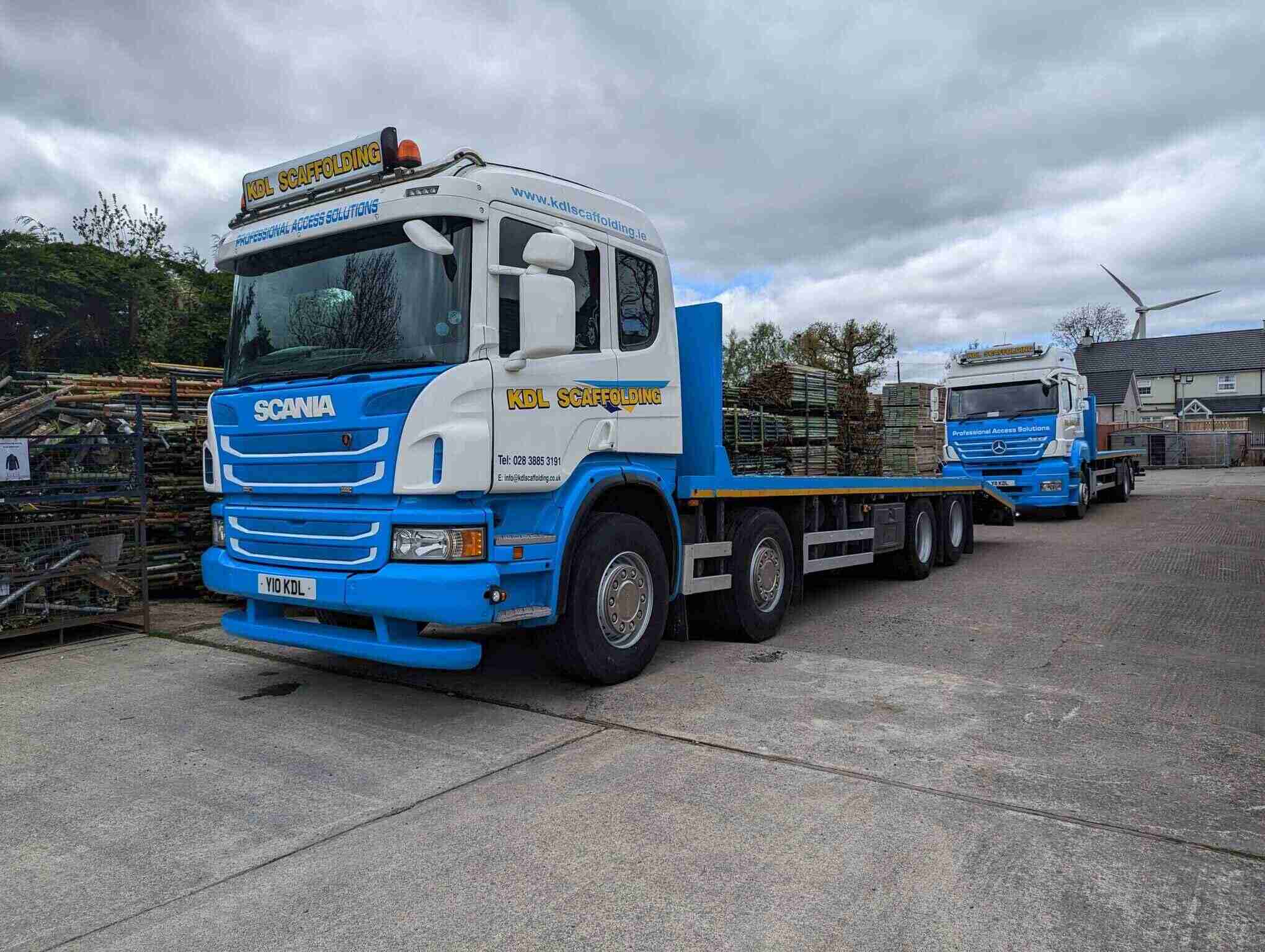Estimating

Estimating scaffolding services involves assessing the scope and requirements of a construction or maintenance project to determine the type, quantity, and configuration of scaffolding needed to ensure safe and efficient access for workers and materials.
Process For Estimating Scaffolding Services
Project Assessment
The estimator begins by thoroughly reviewing the project plans, specifications, and site conditions to understand the scope of work, including the type of construction, building height, layout, access points, and any special considerations such as uneven terrain or obstacles.
Risk Assessment
Safety is paramount in scaffolding design. The estimator conducts a risk assessment to identify potential hazards and assess the level of risk associated with the project. Factors such as environmental conditions, nearby utilities, and proximity to pedestrian or vehicular traffic are considered.
Scaffolding Type Selection
Based on the project requirements and risk assessment, the estimator selects the most appropriate type of scaffolding system. This may include options such as frame scaffolding, tube and coupler scaffolding, modular scaffolding, or suspended scaffolding, each offering different benefits and suitability for specific applications.
Quantity Calculation
The estimator calculates the quantity of scaffolding components needed, including standards, ledgers, transoms, braces, planks, and safety accessories such as guardrails, toe boards, and harnesses. This involves measuring the length, width, and height of the scaffold structure, as well as accounting for any changes in elevation or configuration.
Material and Labor Costs
The estimator determines the material costs associated with purchasing or renting the required scaffolding components, as well as any additional accessories or safety equipment. Labor costs are also factored in, considering the time required for assembly, installation, dismantling, and removal of the scaffold system.
Site Logistics
Logistics play a crucial role in scaffolding estimation. The estimator considers factors such as site access, storage space for scaffolding components, transportation of materials, and coordination with other trades or subcontractors working on-site.
Contingency Planning
To account for unforeseen circumstances or changes during the project, the estimator includes a contingency factor in the estimate. This helps mitigate risks and ensures that sufficient resources are available to address any unexpected challenges that may arise.
Documentation and Proposal
Finally, the estimator compiles the estimate into a detailed proposal, outlining the scope of work, materials and labor costs, project timeline, payment terms, and any terms and conditions. The proposal is then submitted to the client for review and approval.
Overall, estimating scaffolding services requires careful consideration of various factors to ensure accurate pricing and efficient planning for safe and successful project execution.

